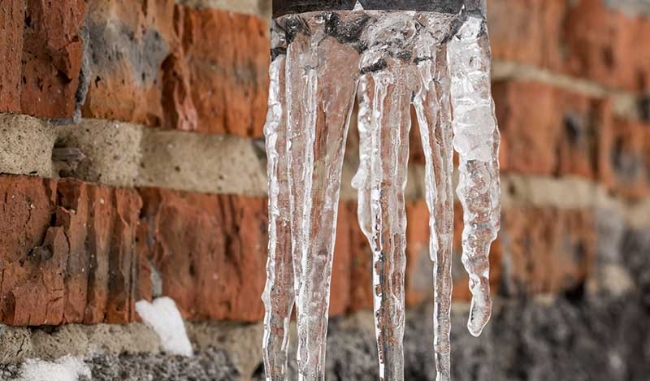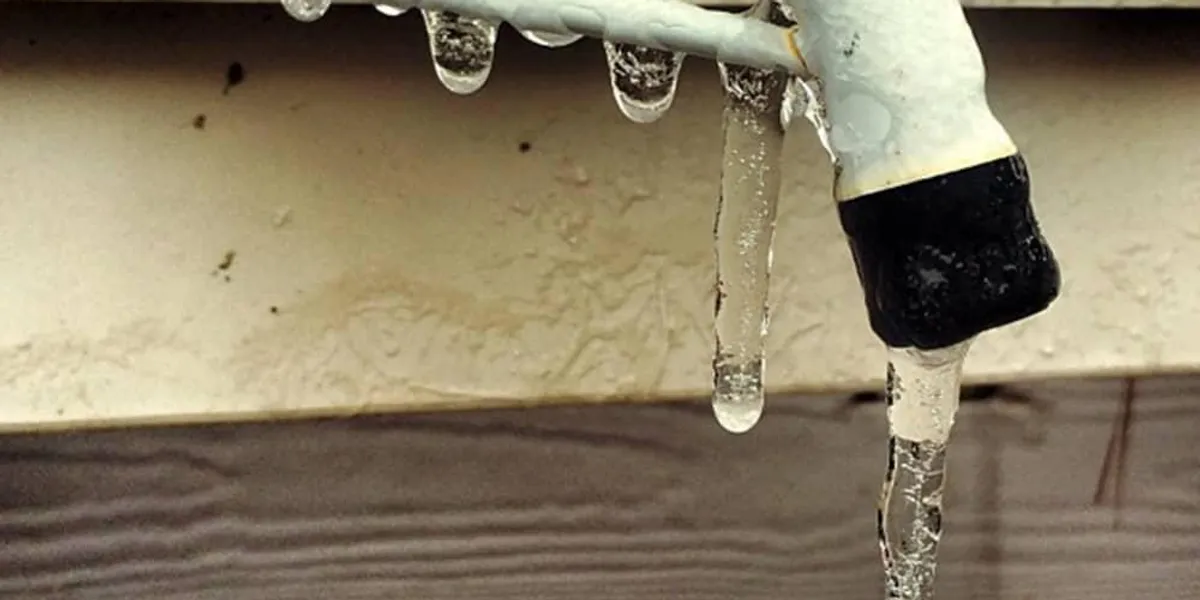Just about every person has their personal assumption involving How to Prevent Your Pipes From Freezing.

Winter can wreak havoc on your plumbing, particularly by freezing pipes. Here's how to prevent it from occurring and what to do if it does.
Introduction
As temperatures drop, the threat of icy pipelines rises, possibly resulting in costly repair work and water damages. Recognizing just how to avoid frozen pipes is crucial for homeowners in cool environments.
Comprehending Frozen Pipelines
What triggers pipes to ice up?
Pipes ice up when subjected to temperatures listed below 32 ° F (0 ° C) for extended periods. As water inside the pipelines freezes, it increases, putting pressure on the pipeline walls and possibly triggering them to burst.
Dangers and problems
Frozen pipelines can bring about water supply disturbances, property damages, and expensive repair work. Ruptured pipelines can flood homes and create substantial architectural damages.
Indicators of Frozen Piping
Recognizing frozen pipelines early can prevent them from breaking.
How to determine icy pipelines
Seek reduced water flow from faucets, uncommon smells or noises from pipes, and noticeable frost on subjected pipelines.
Prevention Tips
Protecting susceptible pipelines
Wrap pipes in insulation sleeves or use warmth tape to safeguard them from freezing temperatures. Concentrate on pipes in unheated or external areas of the home.
Heating techniques
Keep indoor areas appropriately heated up, especially locations with pipes. Open closet doors to enable cozy air to distribute around pipelines under sinks.
Securing Outdoor Pipes
Garden tubes and outdoor taps
Separate and drain garden tubes prior to wintertime. Install frost-proof faucets or cover exterior faucets with protected caps.
What to Do If Your Pipelines Freeze
Immediate actions to take
If you think icy pipelines, keep taps open to relieve pressure as the ice melts. Use a hairdryer or towels soaked in warm water to thaw pipelines gradually.
Long-Term Solutions
Architectural modifications
Think about rerouting pipes far from outside walls or unheated locations. Include additional insulation to attics, cellars, and crawl spaces.
Upgrading insulation
Invest in high-quality insulation for pipelines, attics, and wall surfaces. Appropriate insulation helps keep consistent temperature levels and decreases the risk of frozen pipelines.
Final thought
Preventing frozen pipelines requires aggressive steps and fast responses. By comprehending the reasons, signs, and preventive measures, home owners can protect their plumbing throughout winter.
5 Ways to Prevent Frozen Pipes
Drain Outdoor Faucets and Disconnect Hoses
First, close the shut-off valve that controls the flow of water in the pipe to your outdoor faucet. Then, head outside to disconnect and drain your hose and open the outdoor faucet to allow the water to completely drain out of the line. Turn off the faucet when done. Finally, head back to the shut-off valve and drain the remaining water inside the pipe into a bucket or container. Additionally, if you have a home irrigation system, you should consider hiring an expert to clear the system of water each year.
Insulate Pipes
One of the best and most cost-effective methods for preventing frozen water pipes is to wrap your pipes with insulation. This is especially important for areas in your home that aren’t exposed to heat, such as an attic. We suggest using foam sleeves, which can typically be found at your local hardware store.
Keep Heat Running at 65
Your pipes are located inside your walls, and the temperature there is much colder than the rest of the house. To prevent your pipes from freezing, The Insurance Information Institute suggests that you keep your home heated to at least 65 degrees, even when traveling. You may want to invest in smart devices that can keep an eye on the temperature in your home while you’re away.
Leave Water Dripping
Moving water — even a small trickle — can prevent ice from forming inside your pipes. When freezing temps are imminent, start a drip of water from all faucets that serve exposed pipes. Leaving a few faucets running will also help relieve pressure inside the pipes and help prevent a rupture if the water inside freezes.
Open Cupboard Doors
Warm your kitchen and bathroom pipes by opening cupboards and vanities. You should also leave your interior doors ajar to help warm air circulate evenly throughout your home.

We are very interested in Winter Plumbing Precautions: Preventing Frozen Pipes and I hope you enjoyed reading my post. If you enjoyed our blog entry please consider to pass it around. I praise you for your time. Don't hesitate to pay a visit to our blog back soon.
Book Today
Comments on “Tips to Defend Plumbing System from Freezing: Critical Advice”